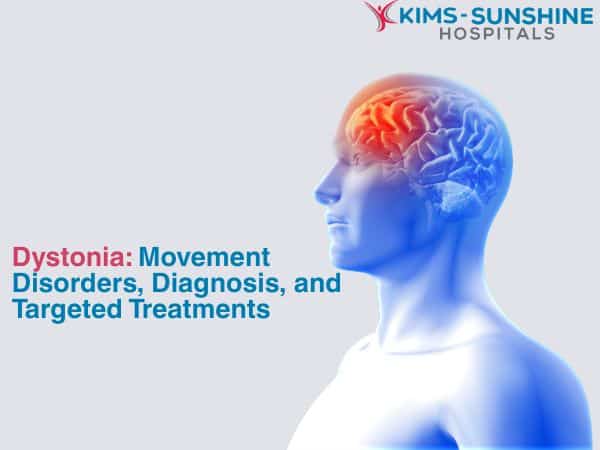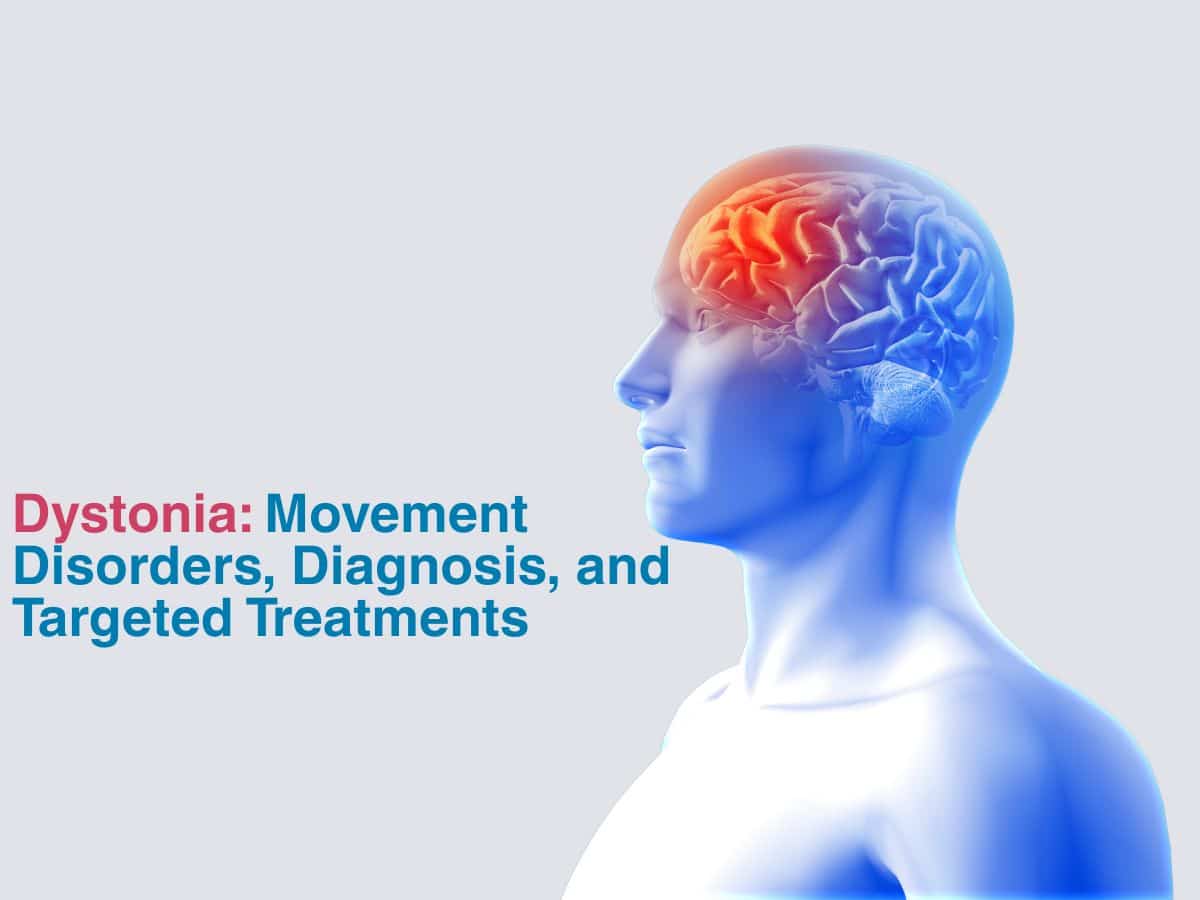
Dystonia: Movement Disorders, Diagnosis, and Targeted Treatments
 Some conditions arrive like a storm. Others do so with a small, persistent tremble in the bones. Dystonia is the latter – a disorder not of silence, but of miscommunication. The body begins to move on its own terms. A neck turns, not out of choice. A hand cramps, even as it tries to rest. For those who live with it, dystonia is not just physical, it is emotional. Why is my body doing this? How do I make it stop?
Some conditions arrive like a storm. Others do so with a small, persistent tremble in the bones. Dystonia is the latter – a disorder not of silence, but of miscommunication. The body begins to move on its own terms. A neck turns, not out of choice. A hand cramps, even as it tries to rest. For those who live with it, dystonia is not just physical, it is emotional. Why is my body doing this? How do I make it stop?
What Is Dystonia Movement Disorder?
At its heart, dystonia is not about weakness. It is about misfiring, when the brain’s attempt to move smoothly goes astray, resulting in sustained or intermittent muscle contractions. The muscles respond, but not how or when they should. The result? Twisting, repetitive gestures or fixed, unnatural positions. It can be subtle like a voice that strains, an eye that closes when it shouldn’t or it can be striking – like a head that pulls sideways or a leg that locks mid-step. It is not always painful, but it is rarely normal.
Types of Dystonia and Their Symptoms-
Dystonia cannot be neatly wrapped into one definition. It dances across the body in varied ways, each with its own fingerprint:
- Focal dystonia affects a single area like a writer’s cramped hand, a musician’s uncontrollable finger or a neck that turns without asking.
- Segmental dystonia takes hold in adjacent parts like the neck and shoulder, jaw and tongue – sometimes echoing one region’s dysfunction in the next.
- Generalised dystonia often begins in childhood, spreading from limb to limb, reshaping posture, gait, and sometimes identity itself.
- Task-specific dystonia appears only during particular actions. A pianist loses control mid-phrase, or a golfer grips the stick and then jerks. The most practiced movements become impossible to achieve.
- Hemidystonia affects just one side of the body. Often, it follows a neurological insult, a stroke, a lesion or a past trauma.
How Is Dystonia Diagnosed by Neurologists?
Diagnosis, in the case of dystonia, is an art as much as a science. No single test hands over the answer. The neurologist becomes part observer and part detective.
- MRI scans may be used to rule out deeper causes, strokes, tumours or degenerative changes.
- Electromyography (EMG) reads the electrical whispers of muscles, highlighting patterns of involuntary firing.
- Genetic tests may be relevant, especially when dystonia arises early in life or runs through generations.
- Blood tests may rule out autoimmune or metabolic contributors.
Best Treatments for Focal Dystonia-
Dystonia cannot always be erased. But it can be softened.
- Botulinum toxin injections are the frontline for focal forms. Injected directly into the overactive muscles, they mute the unwanted contractions. This isn’t cosmetic, it’s neurological precision. Results typically last 3-4 months, offering relief that’s both physical and emotional.
- Sensory tricks, such as lightly touching a specific spot, can sometimes stop a spasm in its tracks. These are not illusions. They are neurological reroutings.
- Deep Brain Stimulation (DBS), for more severe cases, introduces carefully placed electrical signals to restore balance within the motor circuits of the brain.
Conclusion
Dystonia is a strange companion. It is not always about control. Sometimes it is about trust. Trust in your medical team, trust in your body’s quiet resilience and trust in the idea that healing does not always mean finding a definitive cure. It can also mean easing, understanding, and adapting to changes in the present.






